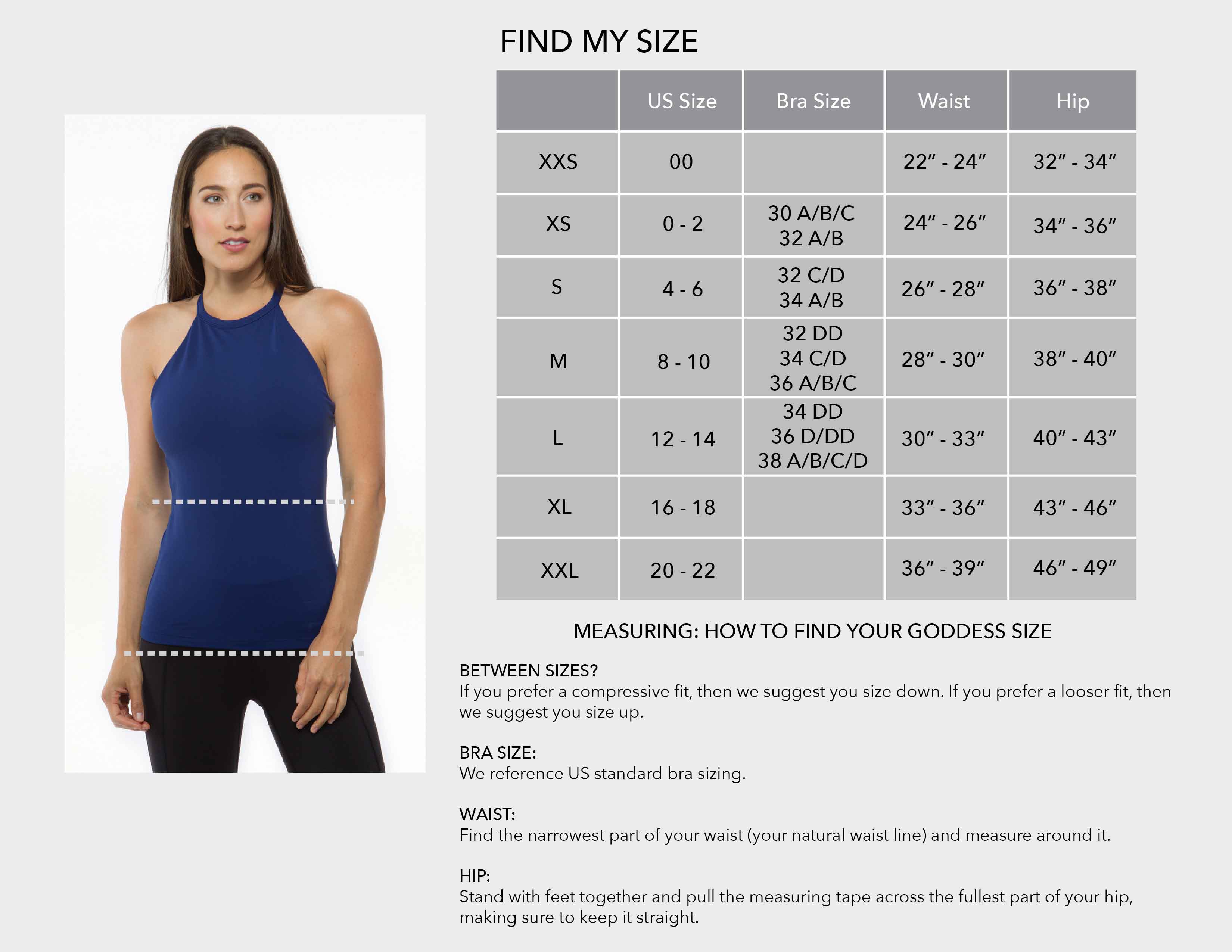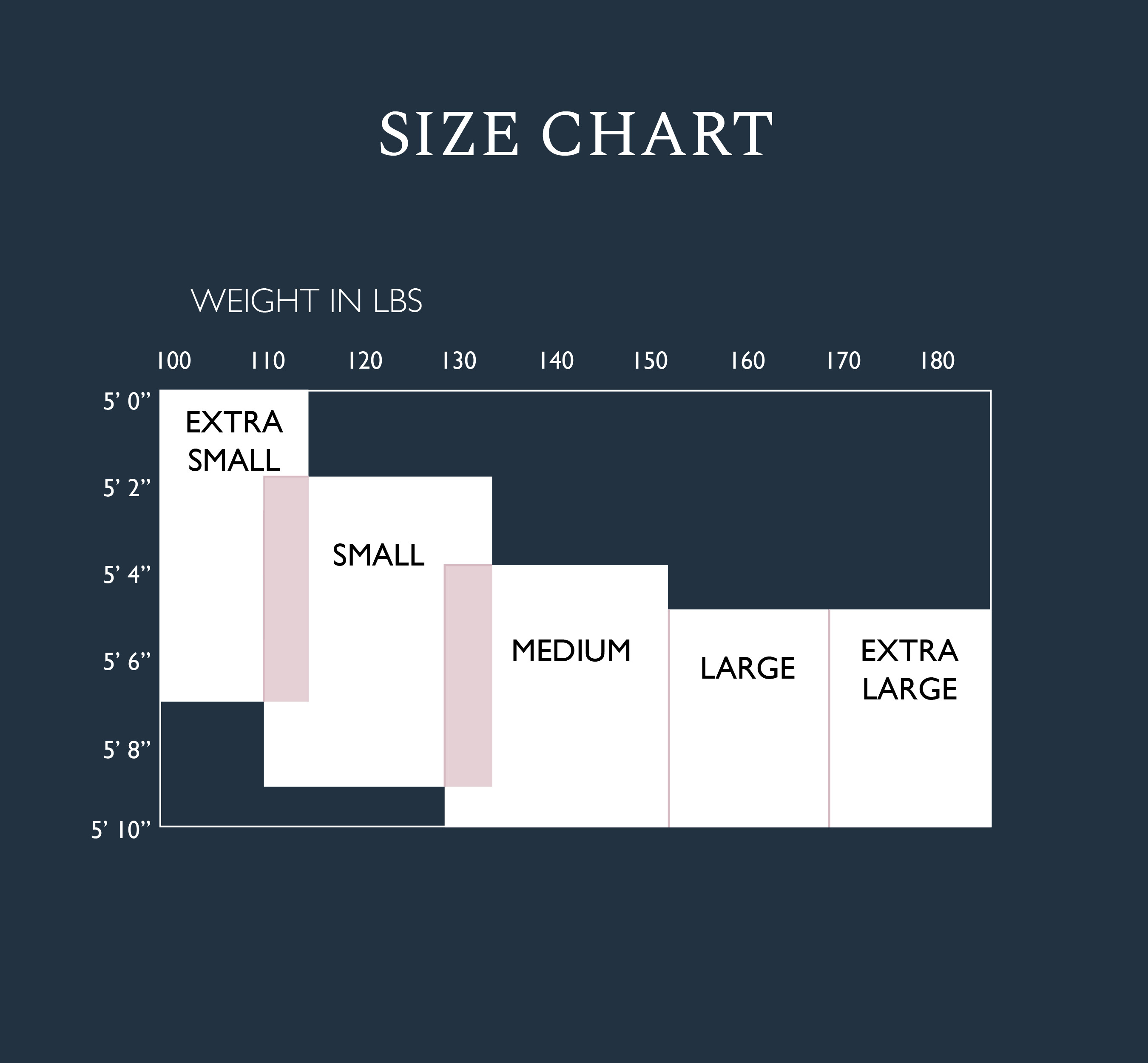
It's Not All Rainbows & Unicorns
SHOP ROMANCE
It's Not All Rainbows and Unicorns
by KiraGrace Warrior Deb Hilgert
It's not all rainbows and unicorns.
I get a kick out of people's misperception of what it means to practice yoga or maybe even more specifically- the misperception of what it feels like to practice yoga.
Very often I hear things like, "Oh, I should do yoga- it's so relaxing." Now I don't know about you, but for me many experiences on my mat are far from sunshine and glitter. While I certainly have those sparkly moments as well, very often my time on my mat is met with a myriad of, dare I say, unpleasant sensations and some of my mental chatter isn't exactly what I'd call zen.
For example: I was in a class this morning where I quite literally thought my hip flexors were going to self combust due to the amount of time we were holding Utthita Parsvakonasana. Last month, I found myself in a heart opening class where we practiced ten sets of Urdhva Dhanurasana. Let me repeat â ten wheels. TEN. I wanted to cry, laugh and curl into a tiny ball and suck my thumb all at once. Ever have to hold Pigeon, Baddha Virabhadrasana or Malasana for an extended period of breaths? Or how about some of the Kundalini Kriyas? I think we can all agree â relaxed and serene may not be the first adjectives that comes to mind. Yoga can be extremely challenging in just the physical capacity as we put our body into these extraordinary shapes and then hold them and oh â breathe. And when we add in the emotional, spiritual and energetic components... well it's downright hard work.
But isn't this the work? Isn't this what makes yoga so powerful, magical and transformative? These points of discomfort are where we begin to face the lessons we need. This suffering, this grit, is what makes yoga our greatest teacher. If I'm not finding the edges in my practice, or offering my students an opportunity and safe place to get curious about these thresholds, I'm doing yoga a great disservice. You see, finding these opportunities on our mat where things get messy is where we get to do some pretty phenomenal Self discovery.
Over the past year this concept of facing struggles and how we react to them has continually crossed my path, in myself, my students and my personal relationships. As any good yogini would do, I've heightened my awareness and paid particular attention to the habits, reactions, tendencies we uniquely turn to in the face of struggle and how this correlates to our work on our mats. Here's what I've learned...
When we accept the invitation to get simultaneously arduous and aware on our mats, we stimulate our inner witness. Our greatest guide. This witness will help us notice what we do during these uncomfortable experiences on our mats, and there's a good chance these are the same patterns we carry into our life experiences and relationships off of our mats. Here are some tools to help you heighten your Self awareness and start some pretty great, albeit hard, work. In order to change, you have to make changes. Otherwise we stay stuck in the same loop. So notice:
 When are you operating out of habit? Is it a habit to come to your knees in plank? Do you transition from asana to asana with integrity or is the movement habitual and disengaged? Start to be aware of the parts of your practice that have become habitual and rather than continuing to go through the motions- let your actions be the result of your choice. Choose to take your knees or what have you but make it your choice, not your habit. Instead of flinging your right leg high in down dog, lift your right leg high in direct relationship with your entire inhalation. Vary the backbend in your connecting vinyasa â choose to take Bhujangasana or Salabhasana rather than the habitual Urdhva Mukha Svasana. Ask yourself. How much of your practice, how many of your day to day activities and interactions are you operating on auto pilot?
When are you operating out of habit? Is it a habit to come to your knees in plank? Do you transition from asana to asana with integrity or is the movement habitual and disengaged? Start to be aware of the parts of your practice that have become habitual and rather than continuing to go through the motions- let your actions be the result of your choice. Choose to take your knees or what have you but make it your choice, not your habit. Instead of flinging your right leg high in down dog, lift your right leg high in direct relationship with your entire inhalation. Vary the backbend in your connecting vinyasa â choose to take Bhujangasana or Salabhasana rather than the habitual Urdhva Mukha Svasana. Ask yourself. How much of your practice, how many of your day to day activities and interactions are you operating on auto pilot?
So as you gain some insight of when you are acting out of habit, and what your reactions may be... Some of your natural tendencies will be illuminated. Maybe it's your tendency to skip a posture or modify to the point of not having to experience it if your story tells you it may be unpleasant or unattainable for you. Some may dip their toe into the pools of curiosity, others jump in full plunge. Is it your tendency to accept the challenge but then meet it with rigidity? Do you clench your jaw, hold your breath and hold on for dear life? Or are you more likely by nature to roll with it, welcome challenges with a natural calm. Again there is no right or wrong and everyone will have the natural tendency unique to them depending on the particular circumstance. And as these tendencies are now removed from your blind spot you can begin to ask yourself, "Are they working for me?"Are there certain asanas or sensations that arise during practice that cause a certain reaction within you? Do you "hate" heart openers and therefore avoid them? Perhaps deep hip opening or hip flexion sparks up monkey chatter so loud that rather than experience the strife that tight hips can bring about you skip them all together or continually modify in such a way as to avoid a potentially uncomfortable experience. Arm balances â here's a category where many of us have quite the story around. I'm not strong enough, I can't... the self judgement in this particular category can be particularly deprecating as if somewhere we latched on to the notion that our ability to balance on one arm with our legs in lotus dictated our self worth. Now, of course, the reaction you may have to or in these asanas may be completely different... Maybe heart openers thrill you, hip openers are grounding and releasing, and arm balances fire you up and empower you and you find yourself giddy at the opportunity to explore. There's no right or wrong. The key is to start understanding. Be aware of the reactions we have and how they contribute to our approach to our practice and life.
 Here's the cool part. As your tendencies become more clear, you can begin to decipher when your acting out of habit. And as you start bringing choices and intention into your practice rather than habits you can begin to refine and change the reactions that do and those that don't serve you. You can replace old habits, reactions, and tendencies with new behaviors and thoughts. You give yourself permission and compassion to try on new attitudes and expressions knowing how difficult it is to leave the comfort of habit. As you practice this, you will begin to find confidence in places that once may have eluded you. Strength in places you steered away from. Softness and grace in places you may have found rigidity. Surrender and vulnerability in places you may have tensed through. You begin to unstick your patterns and move towards a more integrated and connected practice.
Here's the cool part. As your tendencies become more clear, you can begin to decipher when your acting out of habit. And as you start bringing choices and intention into your practice rather than habits you can begin to refine and change the reactions that do and those that don't serve you. You can replace old habits, reactions, and tendencies with new behaviors and thoughts. You give yourself permission and compassion to try on new attitudes and expressions knowing how difficult it is to leave the comfort of habit. As you practice this, you will begin to find confidence in places that once may have eluded you. Strength in places you steered away from. Softness and grace in places you may have found rigidity. Surrender and vulnerability in places you may have tensed through. You begin to unstick your patterns and move towards a more integrated and connected practice.
And as this work becomes second nature on your mat, so it does in your life. Your relationships. Your day to day. And through exploring these difficult points and inviting this growth on our mats, we begin to meet our personal challenges with a more graceful, forgiving, compassionate lens. Knowing you can meet life's serving of challenges with an open heart, steady breath and a trust in yourself rooted in softness and strength.
So, I giggle a bit at the misconception that some may have around what really takes place on the mat of the yogi. While the work can produce some amazing rainbow and unicorn effects, sometimes the experience is a downright hail storm.
 Deb Hilgert is a Denver based yoga teacher known for her enthusiasm, integrity, humor and empathy. She is a dedicated student, teacher and practitioner of yoga. Offering intelligently sequenced dynamic vinyasa classes, Deb allows her students to experience not only movement in the physical sense of the word, but in regard to energy and spirit. Her goal as a teacher of yoga is to inspire her students to connect with their true authentic selves, find their edges and have fun. Through intentional and creative movements she leads students to explore the deeper offerings of the practice in attempt to initiate a mind, body and breath connection.
Deb Hilgert is a Denver based yoga teacher known for her enthusiasm, integrity, humor and empathy. She is a dedicated student, teacher and practitioner of yoga. Offering intelligently sequenced dynamic vinyasa classes, Deb allows her students to experience not only movement in the physical sense of the word, but in regard to energy and spirit. Her goal as a teacher of yoga is to inspire her students to connect with their true authentic selves, find their edges and have fun. Through intentional and creative movements she leads students to explore the deeper offerings of the practice in attempt to initiate a mind, body and breath connection.
Deb deeply embodies the mission of KiraGrace to create a more caring and compassionate world through seva or service and community. You can connect with her via Facebook (Debbie Hilgert Yoga), Instagram (deb.ishtayogi), Pinterest and Twitter (@debhilgert). Learn more about Deb here.
If you enjoyed this blog, check out: "Definition Reclamation Project: Words From a Warrior," "Be Her Now: Powerful Words from Octavia Raheem," "Bold & Beautiful: Kathryn Budig's Collection Inspiration," and "What is the Difference Between Yoga Pants & Leggings?."





